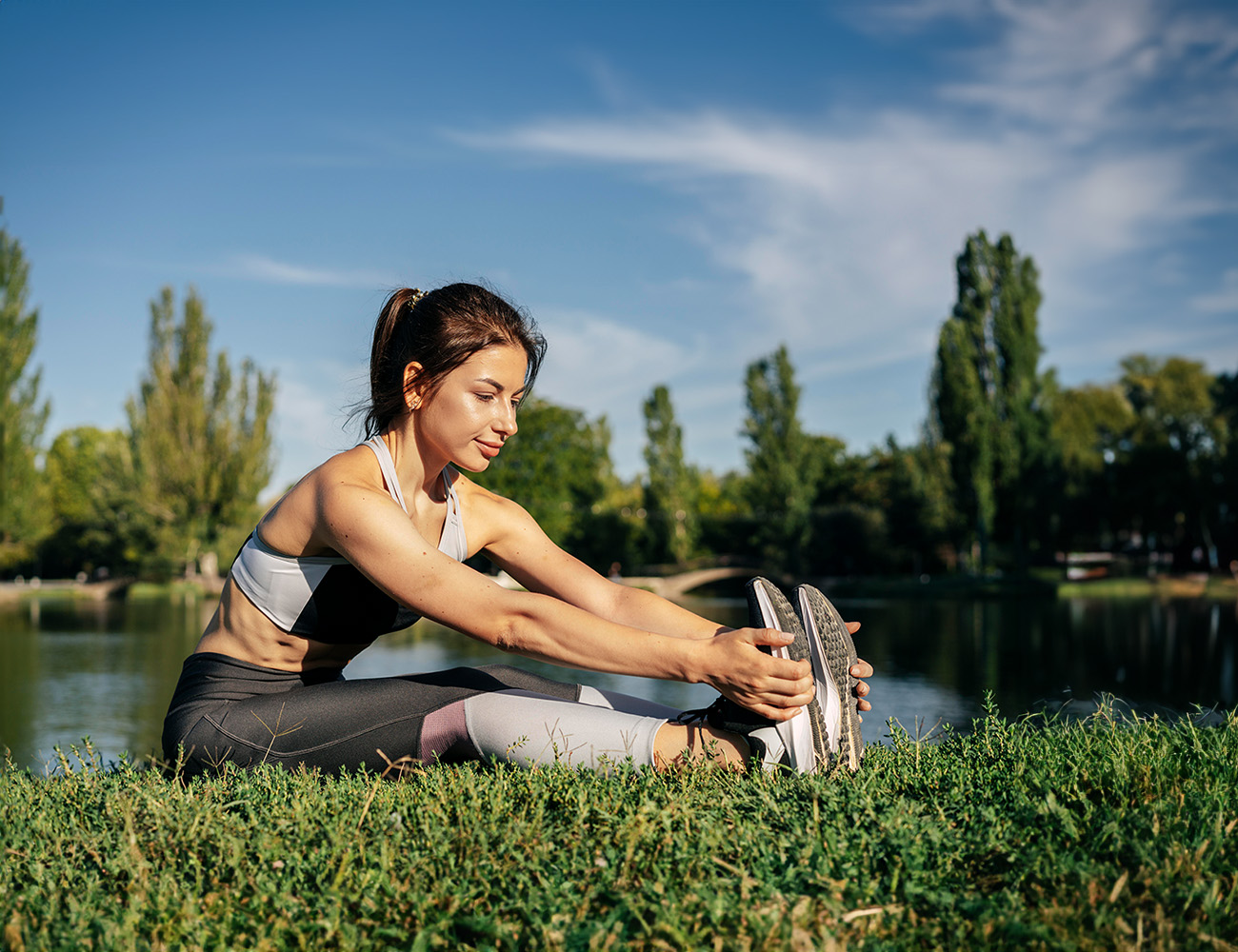
How to start practicing sports? Prevention and recovery!
Regular physical activity is essential for physical and mental health In practical terms, physical activity encompasses any bodily movement that requires energy expenditure, including leisure time, transportation, daily tasks, or work. However, adding moderate to vigorous intensity when engaging in sports can help treat health issues and contribute to preventing the development of other diseases.
Therefore, whatever the primary goal of engaging in sports – improving health, increasing endurance, or simply feeling more energetic throughout the day – physical activity plays a crucial role in overall well-being. It’s an investment in your body, mind, and quality of life. However, at times, the journey towards a more active life can present challenges, from preventing injuries to post-exercise recovery.
In this article, we will seek to explore not only the benefits of maintaining an active lifestyle but also all the strategies for preventing injuries, the importance of proper recovery, and introduce you to orthopedic products that can help along the way. Stay with us and discover our guide to starting sports safely and healthily!
What is the Importance of Physical Activity?
Regular physical activity plays a key role in promoting an active, healthy, and long life. The benefits of sports go far beyond improving physical fitness. On the other hand, they extend to various aspects of health, including preventing chronic diseases, strengthening the immune system, improving mental health, increasing quality of life, and slowing down aging.
PREVENTION OF CHRONIC DISEASES
Having a regular physical activity routine is a step forward in preventing the onset of chronic diseases such as diabetes, high blood pressure, obesity, and heart diseases. The truth is that active individuals have a lower risk of developing these conditions compared to individuals with sedentary lifestyles. Physical activity helps control blood glucose levels, reduce blood pressure, improve blood circulation, and maintain a healthy weight, which are key factors in preventing chronic diseases.
IMPROVEMENT OF MENTAL HEALTH
In addition to the physical benefits, physical activity also positively and significantly impacts mental health. Exercise stimulates the release of endorphins and serotonin, hormones associated with stress relief, mood enhancement, and reduction of anxiety and depression. Furthermore, regular physical activity can help reduce symptoms of some common mental disorders, as well as improve self-esteem, self-confidence, and even the quality of sleep.
IMPROVEMENT OF QUALITY OF LIFE
Engaging in physical activity contributes to an increase in quality of life. Physically active people have more energy, are more capable of performing daily activities with ease, and enjoy a greater sense of well-being and life satisfaction.
How often should one practice sports?
Determining the ideal frequency of physical exercise depends on several factors, including age, physical condition, health goals, and personal preferences. However, general guidelines recommend that adults engage in moderate-intensity physical activity for 150 to 300 minutes per week, or vigorous-intensity physical activity for 75 to 150 minutes per week.
MODERATE-INTENSITY PHYSICAL ACTIVITY
This can include activities such as brisk walking or dancing.
VIGOROUS-INTENSITY PHYSICAL ACTIVITY
High-intensity activities include running, swimming, cycling, or playing team sports. They can also include playing paddle tennis, running, crossfit, tennis, among others.
It’s important to underline that physical activity practice guidelines can be adapted to the individual needs of each person. Some may need more or less exercise time depending on their goals. Additionally, it’s strictly essential to ensure safety and gradual progression when starting physical activity, especially for those who are out of shape or have pre-existing medical conditions.
Common Injuries
During regular sports practice, it’s important to be aware that injuries can occur – and learning to recognize the signs and symptoms associated with each of them is part of preventive sports practice. Some of the most common injuries include:
SPRAINS
A sprain occurs when a ligament is stretched or torn due to sudden or excessive joint movements. This condition can cause pain, swelling, and limited movement in the affected joint.
MUSCLE STRAINS
When muscle fibers are stretched beyond their limits, muscle strains occur, resulting in microtears in the muscle tissue. They usually occur during activities involving sudden or excessive movements, causing pain and tenderness in the affected muscle.
TENDINITIS
“Tendinitis is the inflammation of the tendon, which usually develops due to repetitive or excessive movements that stress the tendon. Pain, stiffness, and swelling in the affected area are some of the symptoms of tendinitis, which can even lead to the inability to perform certain movements.
FRACTURES
Fractures are small cracks in bones that result from repetitive excess pressure – such as running on hard surfaces or lifting excessive weights. Fractures typically cause localized pain and bone tenderness. They typically require rest and proper treatment to heal completely.
DISLOCATIONS
A dislocation occurs when the bones of a joint are forced out of position, causing intense pain and deformity in the affected area Dislocations usually occur due to violent joint movements.
The best way to prevent injuries during sports is to maintain a preventive attitude throughout the activity. It’s important to exercise in moderation, warm up properly before training, use appropriate protective equipment, and follow recommended training techniques to reduce the risk of injuries. Furthermore, at the first sign of pain or discomfort during exercise, it’s important to stop and seek medical advice (if necessary).
Preventive Sports Practice
Engaging in sports, as we’ve seen, is beneficial for health in various ways, but it can also increase the risk of injuries if proper precautions are not taken. That’s why preventive sports practice plays a crucial role in preventing injuries and discomfort. In this topic, we’ll explore some strategies and measures that can be adopted before, during, and after physical activity to promote safe and effective training.
WARM-UP AND STRETCHING
Before starting any physical activity, it’s essential to properly prepare the body for exercise. Warm-up helps increase body temperature, blood flow, and muscle flexibility, preparing the muscles, joints, and tendons for exercise. On the other hand, stretching helps improve joint range of motion and reduce muscle tension, which can help prevent injuries during training.
At this stage, there are some items that can be useful to support body stretching and warming up, such as exercise bands, resistance bands, or Pilates Circles. Additionally, pedal exercisers can also be used (which can be used for both arms and legs), helping to prepare the muscles for physical activity.
PROTECTIVE EQUIPMENT (ORTHOSES)
When it comes to sports involving intense or repetitive movements, proper body protection is essential to prevent injuries and maximize performance during the activity. One of the most effective ways to protect joints and muscles is through the use of orthoses.
Orthoses provide support to the function of joints such as shoulders, knees, or ankles. They are devices designed to provide the necessary compression to the joints during physical activities or rehabilitation processes, providing the necessary support and helping with stabilization during movements.
The Thermomed Line utilizes thermotherapy, a thermal approach that has become increasingly common in the treatment of pathologies and injuries These orthoses, made of neoprene, offer elasticity, resistance, compression, and thermal insulation in the area being treated. From shoulder to foot, the Thermomed range includes knee pads, wrist supports, elbow pads, arm bands, abdominal belts, and even more, so you can perform your physical activity in a prudent and preventive manner, providing solutions for any discomfort, pain, or injury.
Within Sports Orthoses, it’s worth highlighting the Patella Knee Brace, which is widely used in more aggressive physical activities for the knees, requiring better stability and compression. On the other hand, for sports like paddle or tennis – which demand a lot from the arms – the Epicondylitis Strap helps prevent and treat inflammations known as “tennis elbow.”
SPORTS INSOLES
For sports like running (whether indoor or outdoor), paddle, or tennis, where the foot is under pressure, offering an extra layer of comfort is essential. Designed to provide support and stability during sports practice, Sports Insoles are essential. The Airyplant Pro Orliman Silicone Insole is an ultralight orthopedic insole that allows you to provide the best treatment and comfort to your feet during demanding activities. With retrocapital support, it can cushion load points and prevent foot injuries and pain.
POST-EXERCISE RECOVERY
During exercise, the body is subjected to physical and metabolic stress, so returning to a resting state is crucial to promote muscle recovery and prevent injuries. After training, it’s important to allow the body to gradually slow down, allowing heart rate and breathing to return to normal.
An effective way to facilitate post-exercise recovery is to incorporate a cooling down phase at the end of the training session. Typically, this includes low-intensity activities such as a light walk, gentle stretching, or muscle relaxation exercises. This cooling down phase helps reduce the accumulation of lactic acid in the muscles and promotes the elimination of metabolic waste, facilitating muscle recovery.
Injury Recovery While Practicing Sports
When the undesirable happens and injuries occur, recovery is a crucial step for those who engage in regular physical activity. The truth is that injuries can occur at any time and can vary in severity, but, in general, knowing how to deal with these injuries and accelerate the recovery process is essential to return to sports practice as soon as possible. Below, we provide some strategies and products to help with injury recovery.
HOW TO RECOVER AT HOME?
Recovering from an injury at home requires specific care and a gradual approach to ensure safe and effective recovery. First and foremost, adequate rest is essential to allow the body to recover. After that, applying ice can help reduce inflammation and relieve pain, and elevating the injured area helps reduce swelling and improve blood circulation. Additionally, using bandages or compresses is a great way to stabilize the injured area and reduce swelling. Finally, as the injury improves, starting rehabilitation exercises is crucial to strengthen the muscles and improve flexibility.
POLAR FROST
Have you ever had a sudden sharp pain in your back or during physical activity that needed quick relief? These pains can have various causes, such as arthritis, osteoporosis, or especially intense physical activity. However, whatever the origin, one of the most recommended solutions is the application of cold gel.
Polar Frost is a topical analgesic that contains menthol It works by numbing pain receptors in the skin, providing relief from pain. Through cryotherapy, a method of cold therapy that involves applying cold to the painful area, this gel can provide immediate relief. It is, therefore, one of the best friends of athletes when injuries occur. Furthermore, the fact that it is available in a roll-on version makes it a practical and very useful option for easy and instant application during moments of pain during physical activity.
MASSAGE GEL
Instant Ice Packs are specially formulated products to provide quick and effective relief for muscle and joint pains With their refreshing and soothing formula, these balms are ideal for recovering from sports injuries such as sprains, muscle strains, and tendonitis. These instant packs are easy to use, requiring only a simple press in the center of the pack to activate, helping to reduce inflammation, relieve pain, and accelerate the recovery process. Instant ice is an essential tool for athletes, active individuals, and anyone looking to stay active and free from pain.
On the other hand, when muscle pain strikes, it can also be a useful option to have a Synthetic Ice Spray, which, through cryotherapy, provides relief from pain, muscle contractions, cramps, or violent impacts during sports practice. A simple nebulization relieves pain and reduces swelling, with a direct and cooling action. It is, therefore, also an essential for sports practice
Active and safe life!
Engaging in regular sports or physical activity is essential for a healthy and balanced life. Beyond the physical benefits, physical activity also plays a crucial role in mental health, promoting emotional well-being and reducing everyday stress and anxiety. It is by investing in injury prevention and proper recovery that we can ensure that we maximize the benefits of physical activity without compromising our health and quality of life.
Therefore, if you are considering making more space for physical activity in your life – or if you want to improve and optimize your time when playing sports – we recommend that you incorporate our tips into your daily activity, in order to ensure that you do so in a safe, effective and, above all, fun way. And remember: the most important thing is not the intensity of the exercise, but rather the consistency and commitment to taking care of our bodies and minds.
If you have any questions about which product is right for you or a family member, or which option best suits your needs, please contact our specialized professionals, who are always available to help and advise you. Get in touch with us
We know and have what you need!







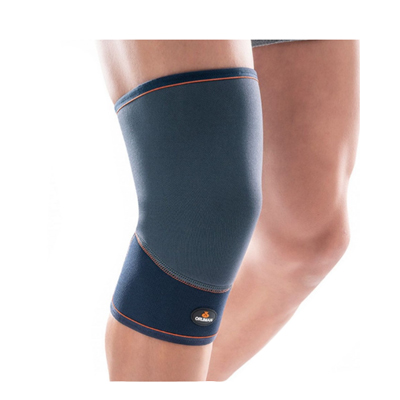
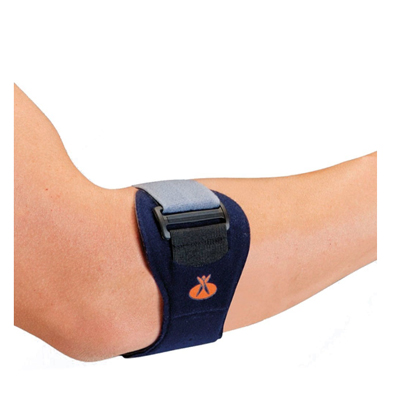


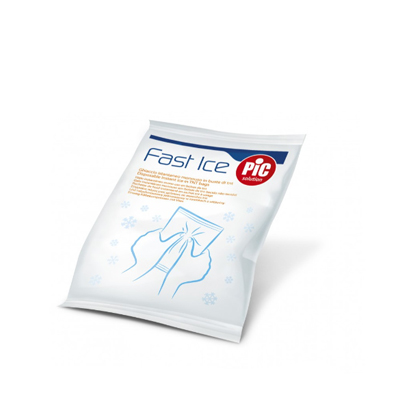
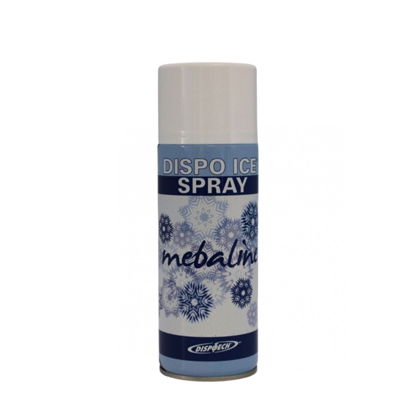

No Comments